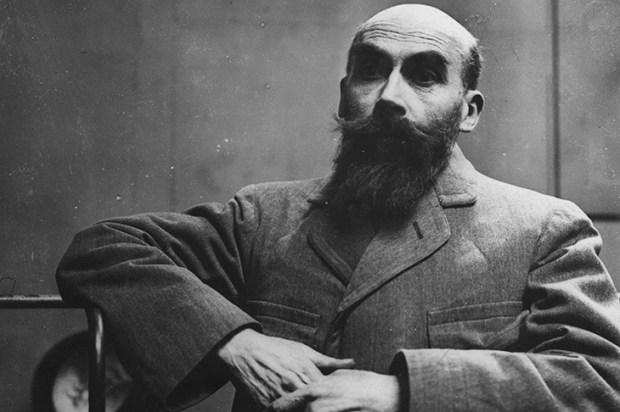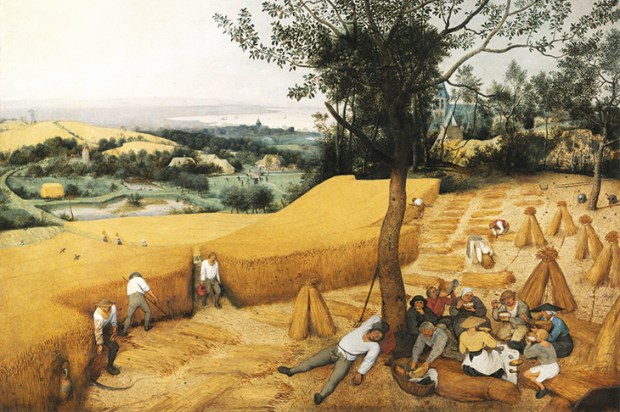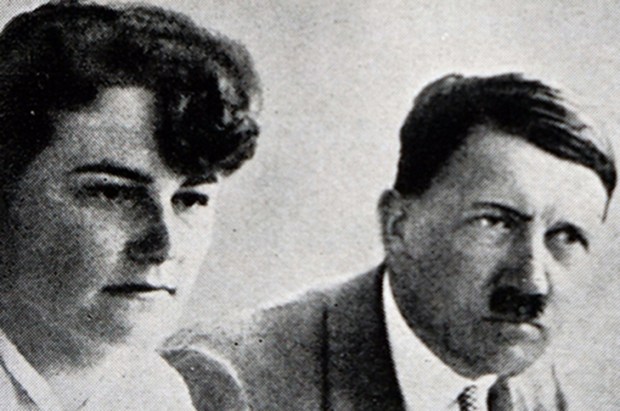On 19 June 1948, the modern LP was unveiled at a press conference by the Columbia Records president Ted Wallerstein, who, as Billboard magazine reported, ‘demonstrated listening qualities of both 10- and 12-inch vinyl microgroove platters’. The company issued Frank Sinatra’s long-player, The Voice of Frank Sinatra, a week later.
The title of David Hepworth’s new book might therefore imply a starting point of 1948 — similar to the approach taken by Travis Elborough’s excellent 450-page history of the album, The Long Player Goodbye (2007) — but Hepworth’s book is both narrower and more autobiographical, largely confined to the years 1967 to 1982.
Following on from last year’s collection of articles, Nothing is Real: The Beatles Were Underrated and Other Sweeping Statements About Pop, Hepworth continues his customary policy towards potential objections, best expressed in his earlier work, 1971 – Never A Dull Moment: Rock’s Golden Year (2016): ‘The difference is this: I’m right.’
A Fabulous Creation contends that the LP began with the Beatles’ Sergeant Pepper’s Lonely Hearts Club Band (1967) and effectively ended with Michael Jackson’s all-conquering corporate juggernaut Thriller (1982). This simply doesn’t hold water, like many of his other claims, such as the assertion that a record player could not be left alone otherwise the label would destroy the stylus (did he never own one with auto-return?), or that in 1972 Britain had only two TV channels and its film industry ‘was kept afloat by the latest releases in the Confessions of series’.That series began in 1974.
Prior to Pepper, he writes, LPs were generally supposed to be ‘two hits and a lot of filler’. Try these for size: Frank Sinatra’s Songs For Swingin’ Lovers! (1956), Bob Dylan’s The Freewheelin’ Bob Dylan (1963 – yep, just chock-full of filler, that one), The Beach Boys’ Pet Sounds (1966). Or, if you just want to limit it to LPs by Liverpudlians who have written every track on their own record, Billy Fury’s ground-breaking The Sound of Fury (1960). Incidentally, Jackson’s Thriller was described at the time by Robert Christgau in the Village Voice as a ‘hits-plus-filler job’.
Hepworth credits the launch of the Walkman personal stereo in 1979 with starting the trend for making cassette compilation tapes at home — but people had already been creating them for their cars, for parties or simply to take round to friends’ houses for over a decade. Elsewhere, he says of Nirvana’s platinum-selling second album:
The members of the band went from selling copies of their self-produced single for cash in order to buy food to being millionaires almost overnight. The majority of those copies of Nevermind were on CD with a smaller percentage on cassette. None were on vinyl.
Their debut single ‘Love Buzz’ (1988) was produced by Jack Endino and issued by the Sub Pop label, not the band themselves; their first LP Bleach (1989) shifted a respectable 40,000 copies in the two years before major label Geffen issued Nevermind (1991); Geffen sold vinyl copies of Nevermind in multiple territories in the year of release, including Europe and the US.
Similarly, writing of 1982, Hepworth says that
it was around this time that record companies began to manipulate demand at point of sale by introducing new features to their products, features that had been largely unknown in the previous decade.
He cites coloured vinyl, bonus singles, free posters and picture discs. Yet record shops were bursting with coloured vinyl back in 1978 — such as Elvis’s Moody Blue or Wreckless Eric’s debut album on what was billed as ‘buffalo dung brown vinyl’, and numerous picture discs were also issued that year, including Sergeant Pepper.
The idea actually dated from the 1930s, when everyone, from the country legend Jimmie Rodgers to Nazi dictators, received the picture disc treatment, and the party faithful could watch that distinctive moustache spin round as they listened to Adolf Hitler —Unser Führer! by the SS propagandist Hans Hinkel. Bowie’s Space Oddity LP and T Rex’s Electric Warrior both came with free posters in the early 1970s, while Never Mind the Bollocks (1977) initially had a free bonus single. To say that such devices were ‘largely unknown’ in the business at that time is simply wrong.
Factual errors aside, the readers’ enjoyment of this book will probably stand or fall by how far their own musical taste coincides with that of the author. If you believe that any criticism of the Beatles in general and Sergeant Pepper in particular should be given roughly the same reception as that of a heretic at a British Communist Party meeting of the 1930s suggesting that Stalin had been just a trifle cavalier in his treatment of Zinoviev and Kamenev, or agree — which, as it happens, I don’t — that punk was mostly nonsense, and that the people who bought Patti Smith’s landmark 1975 debut album Horses were ‘suckers’, then fair enough. If not, then you might wish to look elsewhere.
I rather suspect that David Hepworth wouldn’t have it any other way.
Got something to add? Join the discussion and comment below.
Get 10 issues for just $10
Subscribe to The Spectator Australia today for the next 10 magazine issues, plus full online access, for just $10.
You might disagree with half of it, but you’ll enjoy reading all of it. Try your first month for free, then just $2 a week for the remainder of your first year.














Comments
Don't miss out
Join the conversation with other Spectator Australia readers. Subscribe to leave a comment.
SUBSCRIBEAlready a subscriber? Log in